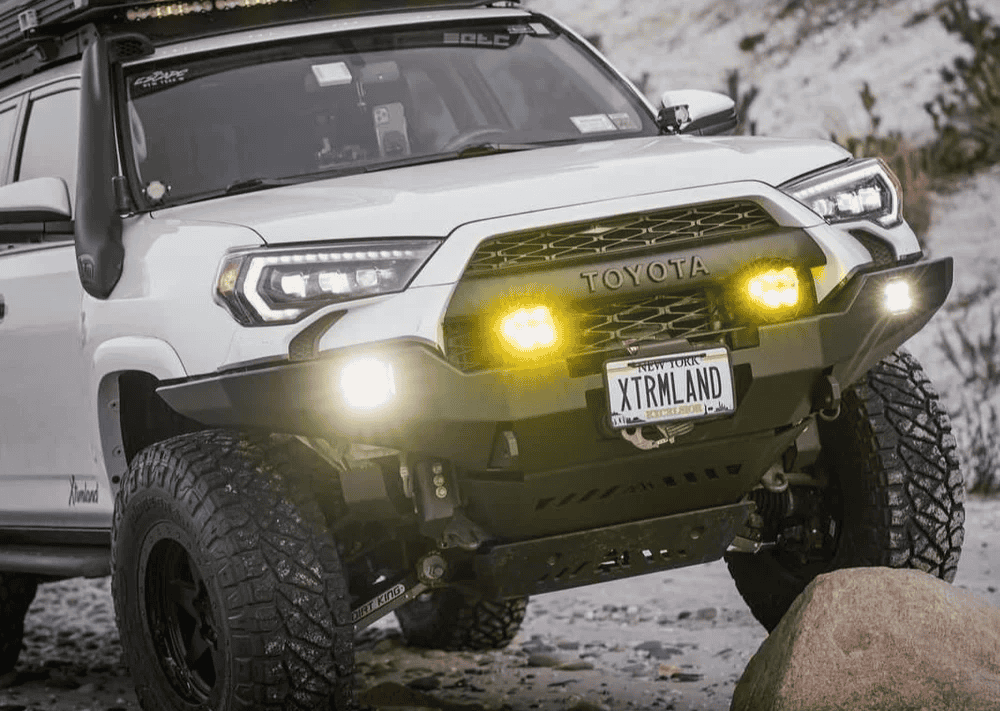Overland Vehicles

Expedition truck campers are purpose built living modules designed for remote travel, rough roads, and long stretches between services. They blend a strong shell with efficient interior layouts, secure mounting, and systems that function in heat, cold, dust, and rain. The goal is simple. Keep the occupants safe and comfortable while the truck handles the terrain.
The core decision is body style. A pop up reduces height and wind resistance for better stability and fuel range, while a hard side offers more insulation, sound control, and storage volume. Construction matters. Aluminum frames and composite panels resist rot, manage weight, and tolerate flex. Quality windows, latches, and seals keep weather out and heat or cool air in.
Weight is the limiter. Camper mass, occupants, water, fuel, food, and gear must sit within the truck’s payload and keep the center of gravity forward of the rear axle. Tie downs and mounts must be matched to the chassis to prevent movement over washboard or during quick maneuvers. Strong, tuned suspension helps keep the package level and predictable.
Pop up designs lower the profile for tree lined trails and crosswinds. They often weigh less and may slip under some garage doors. Hard side campers feel quieter on long highway days and are easier to heat in winter. Choose based on your terrain, storage realities, and climate.
Slide in campers are modular and can be removed when not needed. Flatbed builds open up rectangular storage, external boxes, and wider interiors. The flat tray can drop weight lower and improve balance, especially with water and batteries placed near the frame rails.
A camper silverado setup can be a solid base for expedition travel if you start with the right trim and payload margin. A light half ton spec may be fine for a small pop up with minimal gear, while heavy touring loads push you toward three quarter or one ton models. Tire load ratings, brakes, axle ratios, and cooling packages all play a role in how the rig behaves when fully packed.
Suspension tuning is essential. Progressive leaf packs or helper springs maintain ride height, while quality shocks control rebound over chatter and potholes. If you add larger tires for ground clearance, re‑gear and recalibrate speed and shift logic as needed. Aim for a level stance at travel weight to preserve steering feel and headlight aim.
Power and energy systems shape daily life. Lithium batteries paired with a DC to DC charger pull energy from the alternator while driving. Solar keeps up with fridges and fans at camp. An inverter runs small appliances, while 12 volt options sip less power. For winter, diesel or gas fired heaters provide steady heat without draining batteries. Good ventilation and fans prevent condensation.
Water and storage planning prevent headaches. Keep fresh and grey tanks low and central, use a basic filtration setup, and protect lines from freezing. Inside, prioritize places for heavy items near the floor. Outside, balance recovery gear and spare tire location so you do not overload the tail.
Verify the door jamb payload, then calculate a realistic travel weight. Weigh the rig at a scale when fully loaded to confirm front and rear axle loads. If the rear axle approaches its rating, shift water or tools forward or reduce nonessential items. Secure everything. A calm interior is a safer interior.
Efficient fridges, LED lighting, and induction or diesel cooktops stretch your energy budget. Build in redundancy. A second water pump or a manual transfer method can save a trip. Simple monitoring for battery state, tank levels, and temperature keeps surprises to a minimum.
Expedition planning starts with use case. If your routes are graded forest roads, a small pop up slide in may be perfect for a chevy truck with camper. If you expect corrugation, heat, and repeated storm cycles, a composite hard side on a flatbed with larger tanks and insulation becomes attractive. Route speed, distances between resupply, and climate windows guide every choice.
A camper para chevrolet silverado can carry a family into shoulder season hiking, desert bike trips, or snowy trailheads if the systems match the season. Cooling for the cabin and battery bays matters in the southwest. Heated tanks and good seals matter in mountain towns. Plan for recovery with traction boards, a shovel, and a solid jack. For communication, a satellite messenger fills the gap when service fades.
Keep maintenance simple. Choose serviceable parts, carry belts and filters, and mount a full size spare where you can access it when the trail is rutted or muddy. Practice loading and unloading the camper at home so you understand the timing and the tools required.
When it is time to move from research to a real build, you want a shop that understands weight, balance, and the way systems perform in rough country. Explore our approach to overland rigs, then see what is possible with a focused custom overland upfit for a camper Silverado. If you are comparing shops or timelines, learn how we work and why travelers trust us at why choose OZK.
Tell us how many people travel, where you go, and what gear must come along. We will engineer a payload smart layout, tune suspension for control, and integrate power and water systems that fit your routes. The result is a balanced, quiet, and capable home on wheels that feels as good on the interstate as it does miles from pavement.
Ready to turn your Silverado into a capable expedition platform? Tell us how you travel, and our team will engineer a build that fits your routes, your payload, and your comfort needs. Submit the form and get a clear plan, timeline, and budget for a custom upfit that performs on the trail and on the highway.
ADDRESS:
6159 E Huntsville Rd, Fayetteville, AR 72701
PHONE:
(479) 326-9200
EMAIL:
info@ozkvans.com